
We use cookies to help you navigate efficiently and perform certain functions. You will find detailed information about all cookies under each consent category below.
The cookies that are categorized as "Necessary" are stored on your browser as they are essential for enabling the basic functionalities of the site. ...
Necessary cookies are required to enable the basic features of this site, such as providing secure log-in or adjusting your consent preferences. These cookies do not store any personally identifiable data.
Functional cookies help perform certain functionalities like sharing the content of the website on social media platforms, collecting feedback, and other third-party features.
Analytical cookies are used to understand how visitors interact with the website. These cookies help provide information on metrics such as the number of visitors, bounce rate, traffic source, etc.
Performance cookies are used to understand and analyze the key performance indexes of the website which helps in delivering a better user experience for the visitors.
Advertisement cookies are used to provide visitors with customized advertisements based on the pages you visited previously and to analyze the effectiveness of the ad campaigns.



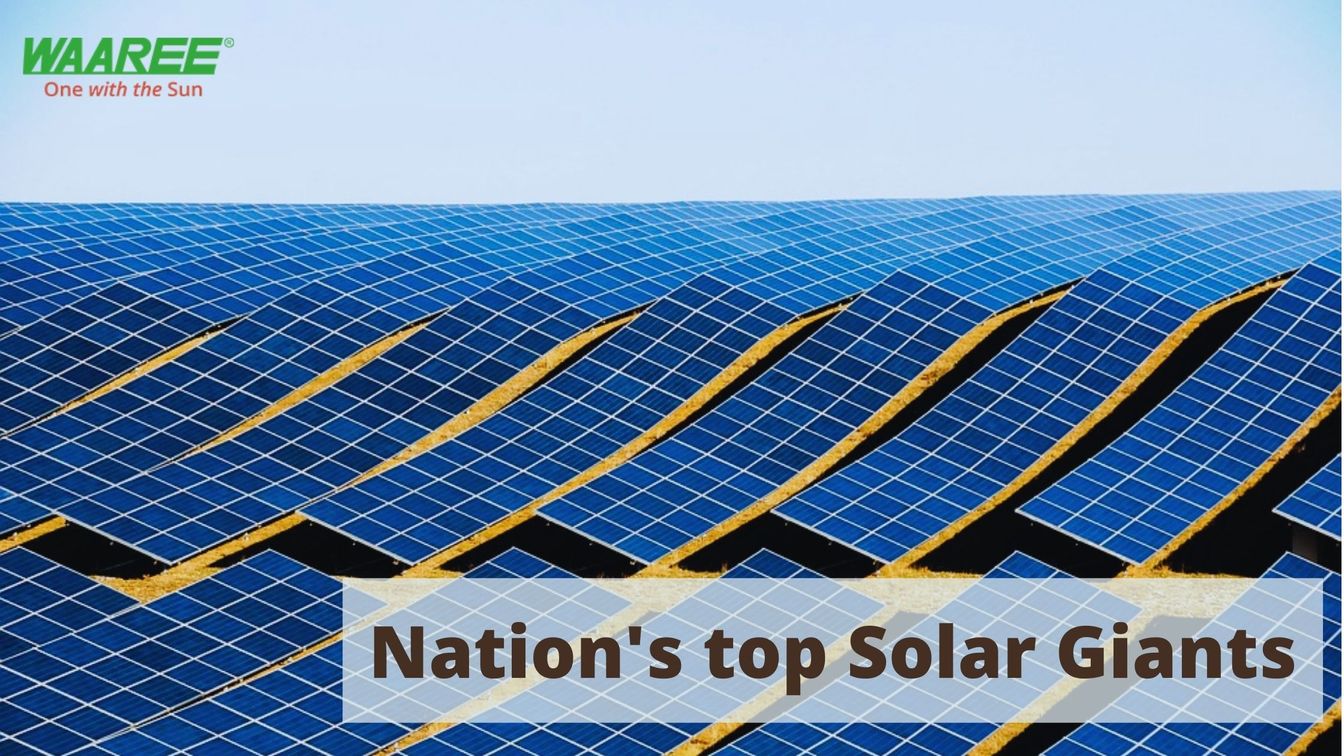


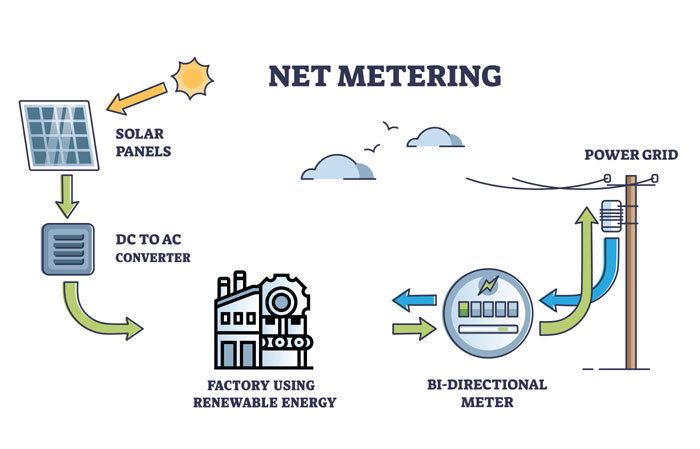

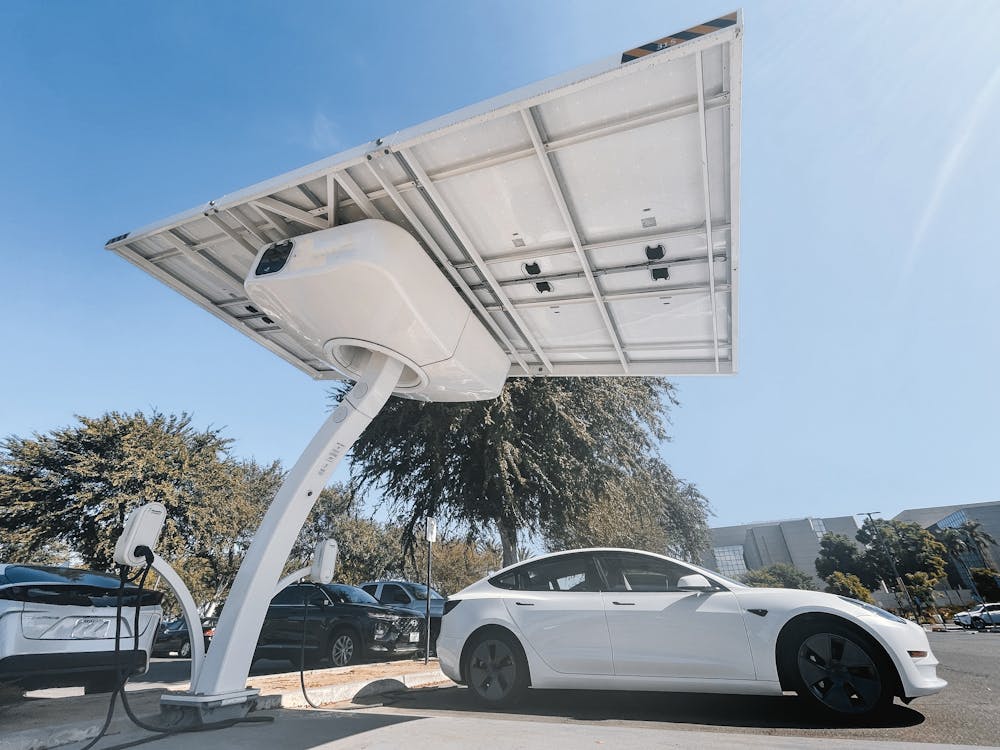
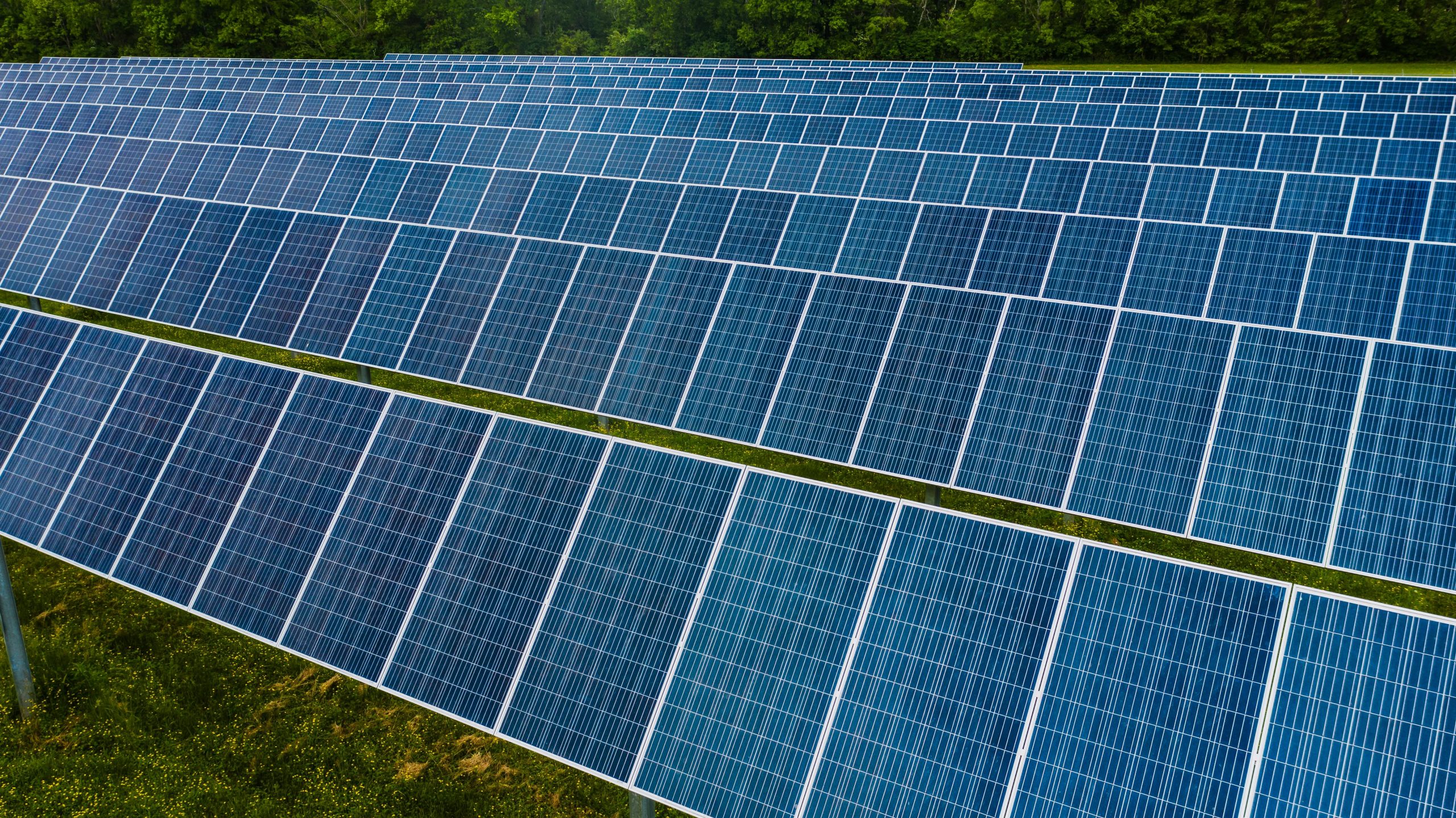


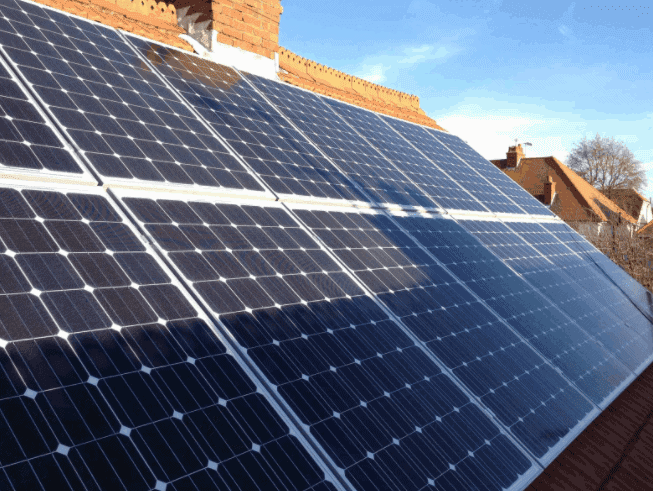















PV equipment is made in China, the world's biggest market for PV installations.
Amounted to about 2.7 million jobs worldwide, or 63% of PV employment.
255 000 workers were employed in PV and other solar technologies in the United States in 2020, a recovery from a dip in the previous year.
There are 268 000 PV jobs in Europe, according to estimates for 2020, of which 235 000 are in the EU Members States.
Solar jobs in India are estimated at 137000 on-grid, and 80 600 off-grid, for a total of 217 000 jobs.
Most of China's renewable energy capacity expansion in 2021 accounted for the solar PV and wind industries. China has added 53 GW of solar capacity in 2021 (the largest annual addition to date, accounting for 40% of global additions). Distributed generation accounts for more than half of the increase. China also added 49 GW of wind power (half of the world total with
GW, the second largest since 2020). While the 2021 COVID-19 pandemic did not significantly impact the wind or solar power industry, other renewable energy industries experienced some delays. According to China Renewable Energy Association calculations, China will employ 5.4 million people in renewable energy in 2021 from 4.7 million in 2020. Solar power accounts for the largest share of the estimated workforce of about 270 million people, up from 2.3 million in 2020 (CRES, 2022). Manufacturing activity accounted for 1.6 million PV jobs. Construction and installation account for nearly one million, and O&M accounts for the rest.

China accounted for more than 80% of global hydropower capacity growth in 2021. The number of direct hydropower jobs in China at 872,300. Solar heating and cooling are estimated to employ almost as many people as the wind power industry. The 636,000 jobs in 2021 are down from the 670,000 estimated jobs in 2020, but the number is expected to slowly pick up again as the economy recovers from COVID-19 Bioenergy technologies accounted for 386,000 jobs (virtually unchanged from the previous year). Geothermal heat and electricity (79,000) and concentrated solar power (59,000) saw significant increases, partly due to revised estimates. China is the only country to expand its CSP installations in 2021, amid a generally stagnant global industry environment.
China is the world's fourth largest producer of ethanol after the United States, Brazil and the European Union. However, production of 3.4 billion litres in 2021 was 21% below the peak of 2019. Although it reached a record 1.7 billion litres, biodiesel production was far less than that of leading countries. China's biofuel sector is estimated to employ 51,000 people in 2021.
Brazil has an estimated 1.27 million renewable energy jobs in 2021. With 863,100 jobs, biofuels remain the single largest component of the country's renewable energy workforce, while the weight of ethanol and biodiesel is constantly changing.
Brazil's biodiesel production continues to grow, reaching an estimated 6.76 billion
litres in 2021. Very few are exported due to a lack of international cost competitiveness. Only domestic biodiesel is eligible for his auction, so imports are near zero. Employment increased by, and in 2021 he generated 326,900 jobs according to IRENA6 estimates.
Brazil's ethanol production has fallen by 23% from its 2019 peak. Most ethanol is made from sugarcane, but ethanol production from corn is on the rise, currently accounting for 11% of Brazil's total ethanol production (3.39 billion litres in 2021), an eightfold increase from 2017. The latest bioethanol employment estimate in 2020, is 536,200, or 11,000 fewer than in 2019.
India added 10.3 GW of solar capacity in 2021, up from 4.2 GW installed in 2020. The government will impose a 40% import tariff on all modules and 25% on all cells from April 2022, replacing the 15% protective tariff imposed on PV imports from China and Malaysia. Superseded. It also introduced the Production Related Incentive Scheme (PLI) to encourage domestic manufacturing of high-efficiency modules. The government expects PLI to create 30,000 direct jobs and 120,000 indirect jobs.
Due to cheap imports from China, only a fraction of the current solar capacity is operating in India. In 2021, India used 57% of cell production capacity (4.1 GW electricity from 7.2 GW capacity) and only 38% of module capacity (4.5 GW electricity from 11.7 GW capacity).
In 2021, rising costs in China impacted Indian module prices. India's imports of PV fell to just $500 million from around $4 billion in 2018.
Based on the employment factor, India will have 137,000 jobs in grid-connected solar in 2021, up 47% from 2020. About 80,000 people are working in the off-grid solar industry, which has recovered from the impact of his COVID-19 over the past few years. In the wind industry, 1.5GW of added in 2021 is a slight improvement over 2020, but India's annual installations continue to be at a slower pace. Employment in the Indian wind sector will reach 35,400 in 2021, with almost half of them in O&M jobs.
The combined wind and solar workforce in 2021 will be 111,400, including 43,000 in rooftop solar, 42,900 in utility-scale solar and 25,500 in wind. This estimate is lower than IRENA's and excludes indirect jobs, off-grid solar applications, and equipment manufacturing. About 49,900 were employed in construction and commissioning, 41,100 in his O&M and 20,400 in commercial development and construction. The ongoing COVID-19 disruption has reduced new renewable energy job creation from 12,400 in FY 2019 to 5,200 in FY 2020 and 6,400 in FY 2021.
Between 2015 and 2021, more than 100,000 people were trained, of which 78,000 were certified under the Suryamitra National Solar Energy Training Scheme. India's Green Jobs Skills Council has played a key role in developing the Green National Jobs Standards. Suryamitra's success led to other similar programs such as Vayumitra (for wind installers) and Varunmitra (for solar pump installers).
Achieving India's target of 500 GW of non-fossil energy sources by 2030 will create 3.4 million new job opportunities (short and long-term) or about 1 million direct full-time equivalent opportunities. Most will be localized deployments of the DRE.

Growing evidence of climate change reinforces the need for meaningful changes in the global energy system in the short term. The World Energy Transitions Outlook 2022 recognizes the need for urgent action over the current decade, followed by sustained action through 2050. It models the potential impact of job creation, the total cumulative upfront investment of an ambitious 1.5°C roadmap of US$57 trillion by 2030. A more ambitious, equity-focused strategy could yield far greater socioeconomic gains than a more conservative approach. The need to speed up the transition not only puts pressure on continued technology development and increased investment but also on workforce development (upskilling and [re]training programs). Gender equity is also key to enabling the renewable energy sector to better tap the vast pool of talent and ideas from women. Including youth, minorities and disadvantaged groups are also important.
Waaree has more than 2,500 employees in its workforce and has been awarded several times ‘Best place to work in’. To search for more career options you should visit https://www.waaree.com/work-with-us
Notifications